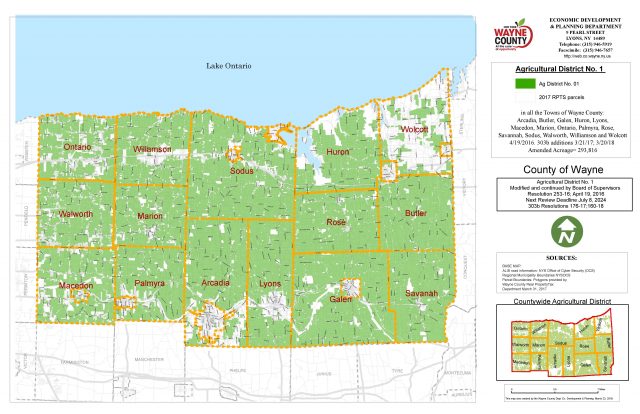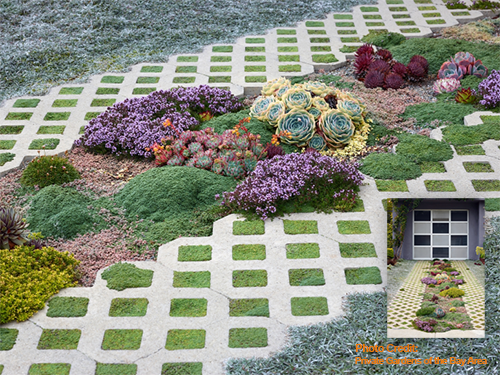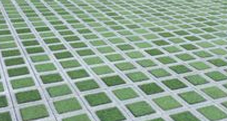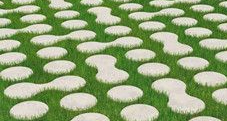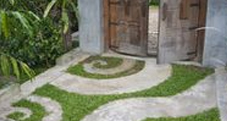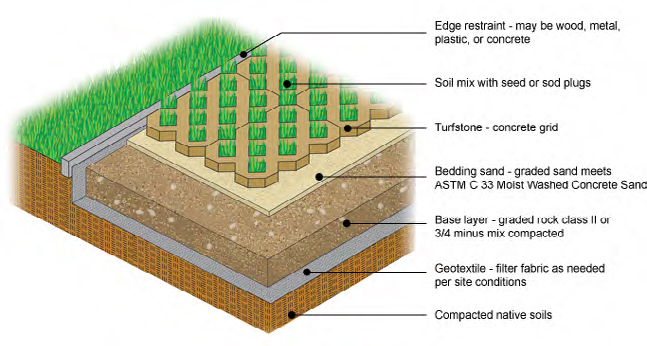Got the Winter Blues Waiting for the Forever Green Tree Sale … why not get a head start ?
Yes! You can winter sow annuals and perennials. The sowing of seeds in winter is a very old technique. Winter sowing is the process of setting out seeds in containers and leaving them until they emerge in the spring. These containers act as tiny ‘greenhouses’ that protect the seed from the harsher weather but allowing enough cold to help them toughen up over the winter months. Recycled containers work best; some of the most popular include milk jugs, plastic liter bottles aswell as foil-and-plastic take-out containers. Make sure the container can handle freezing and thawing.
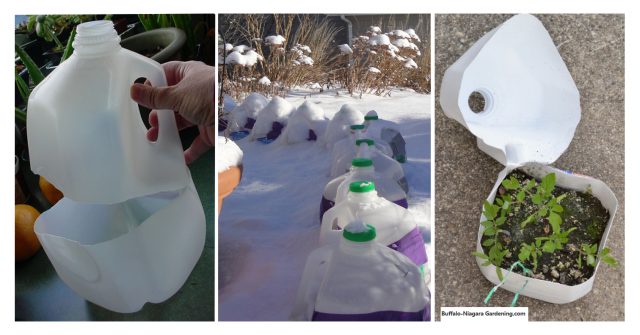
The example shown is the use of a milk jug that acts as mini greenhouses, allowing the seeds to experience the chill of winter in a controlled environment. When the temperature warms enough, the seeds germinate and start to grow on their own. By the time the soil in the planting beds has warmed, the seedlings are ready to transplant out.
🌿Alcea (Hollyhock) ‘Camois Rose’ rosy-pink
🌿Alcea ‘Apple Blossom’ pale-pink
🌿Aquilegia (Columbine) ‘Alpina’ blue
🌿Aquilegia ‘Scarlet’ or mixed
🌿Campanula (Bellflower) ‘Champion Pink’
🌿Centaurea cyanus (Bachelor Buttons)
🌿Consolida (Larkspur) ‘Galilee Blue Double’
🌿Delphinium grandiflorum ‘Blue Mirror’
🌿Digitalis purpurea (Wild Foxglove)
🌿Lupinus (Lupine), ‘Russell Hybrids Mix’
🌿Nepeta ‘Pink Dreams’ pink
🌿Oenothera lamarkiana yellow (Evening Primrose)
🌿Platycodon (Balloon Flower) ‘Sentimental Blue’ t
🌿Chamomile
🌿Chives
🌿Cilantro
🌿Dill
🌿Flax
🌿Hyssop
🌿Kale
🌿Marjoram
🌿Oregano
🌿Parsley
🌿Sage
🌿Spinach
🌿Thyme
🌿Thymus serpyllum (Creeping Thyme)
In the wild, seed dormancy is usually overcome by the seed spending time in the ground through the winter and having it’s hard seed coat softened up by frost and weathering action. By doing so the seed is undergoing a natural form of “cold stratification” or pretreatment. This cold moist period triggers the seed’s embryo; its growth and subsequent expansion eventually break through the softened seed coat in its search for sun and nutrients. Although there may be a better germination rate if some seeds are started indoors, there are seeds that need to experience cold, damp conditions to sprout. The label on Parsley as an example advises the seeds to be placed in the freezer for a few weeks, for quicker germination. The reason for this is to simulate stratification, but you can force these earlier in containers outside.
Step by Step
#1 Clean containers — Wash out your jugs and discard the tops. The open-top provides an air vent for your seeds.
#2 Cut containers — If not using containers with hinged lids, stick a serrated knife into the side of the jug, lay it on its side and cut all the way around, leaving about 1.5”
#3 Create air holes — Use a sharp object to poke holes around the bottom of the container for drainage, this is very important. If you don’t make drainage holes, your seeds will drown!
#4 Add soil — Fill the bottom of the container with about 2” of soil mix. Either use regular soil from a garden center or mix it with seed potting soil, humus or homemade compost.
#6 Seal the container — seal the cut edges of the bottle or container with light-colored duct tape. Leave the top open.
#7 Label containers — use a wooden stick that is large enough to write on and pop it into the soil, through the top of the bottle, or mark with duct tape across the container.
#8 Set out and leave! — set out the jugs in a spot that will get the winter sun. Do not leave them undercover, it is important the seeds experience all the weather conditions as they would in nature.

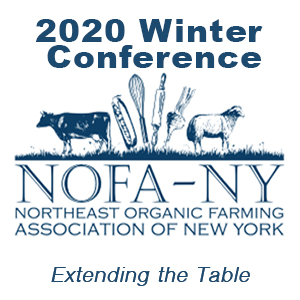 The 38th Annual Winter NOFA-NY Organic Farming and Gardening Conference will be held January 17-19, 2020 at the Oncenter in Syracuse, NY. The conference is an opportunity to connect with sustainability-minded farmers, gardeners, and consumers. Billed as one of the largest in the region, with more than 1,100 attendees annually and more than 100 educational workshops and an approximate 80 trade show vendors. This year, NOFA-NY is combining two events – the Winter Conference and the 9th Annual Organic Dairy and Field Crop Conference into one weekend. The 2020 theme is Extending the Table.
The 38th Annual Winter NOFA-NY Organic Farming and Gardening Conference will be held January 17-19, 2020 at the Oncenter in Syracuse, NY. The conference is an opportunity to connect with sustainability-minded farmers, gardeners, and consumers. Billed as one of the largest in the region, with more than 1,100 attendees annually and more than 100 educational workshops and an approximate 80 trade show vendors. This year, NOFA-NY is combining two events – the Winter Conference and the 9th Annual Organic Dairy and Field Crop Conference into one weekend. The 2020 theme is Extending the Table. 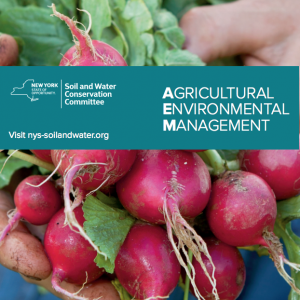
 After the holidays, don’t throw your real Christmas tree in the trash or set it on the curb. Real Christmas trees are biodegradable, which means they can be easily reused or recycled for mulch and other purposes.
After the holidays, don’t throw your real Christmas tree in the trash or set it on the curb. Real Christmas trees are biodegradable, which means they can be easily reused or recycled for mulch and other purposes.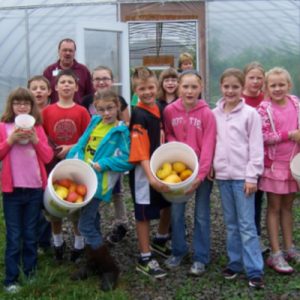
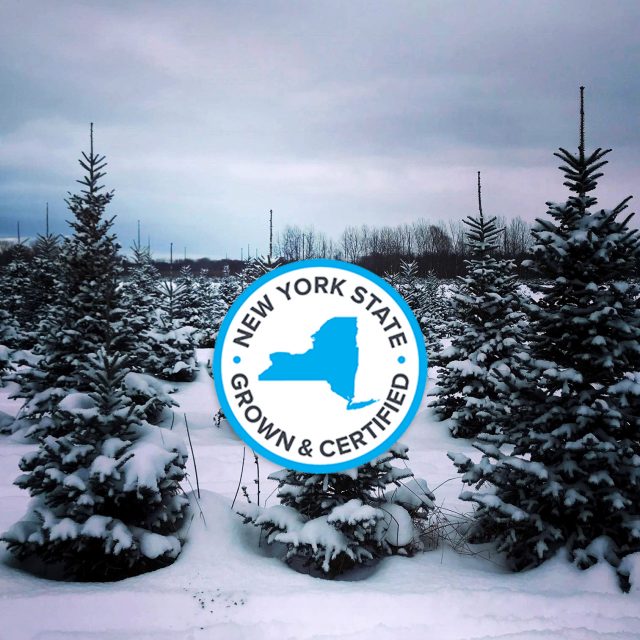 New York State “Grown and Certified” Christmas trees and wreaths will be on display in the state’s regional welcome centers and Taste NY stores, promoting New York’s agricultural and tourism industries.
New York State “Grown and Certified” Christmas trees and wreaths will be on display in the state’s regional welcome centers and Taste NY stores, promoting New York’s agricultural and tourism industries.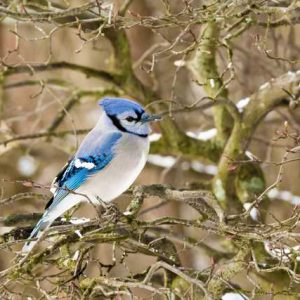
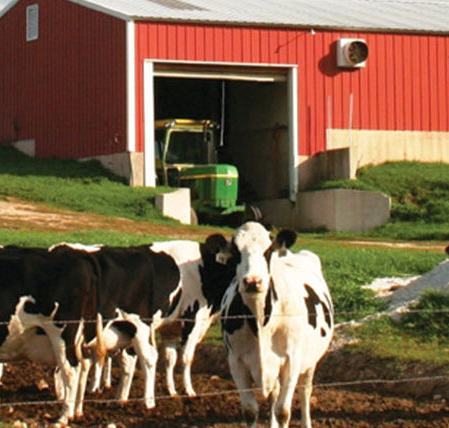 This week Governor Andrew M. Cuomo announced that $16.2 million has been awarded to support agricultural water quality conservation projects across the state.
This week Governor Andrew M. Cuomo announced that $16.2 million has been awarded to support agricultural water quality conservation projects across the state.